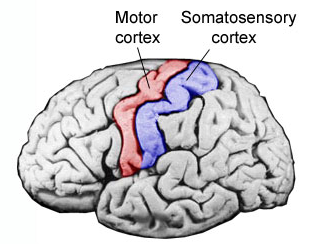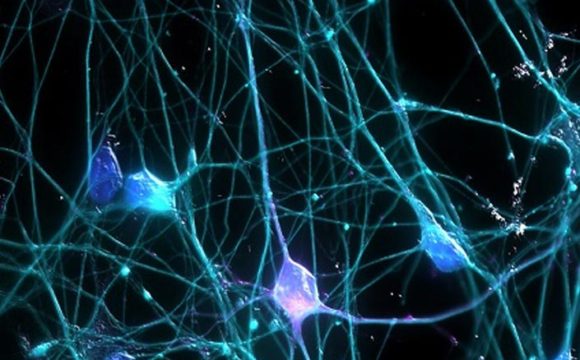Physics Professor, Arnd Pralle of the University at Buffalo, College of Arts and Sciences along with his team have developed a mechanism by which the physical activities of mice can be controlled via controlling his brain!!! The study was published in the most recent edition of the journal eLife. This article will attempt to understand the essence of his work.
The technology used in these experiments is termed as ‘magneto-thermal stimulation’. The process is fairly complex and may be best described as implantation of some specially built DNA strands and nanoparticles onto selected neurons. This enables Neurons to become heat-sensitive by expressing TRPV1, which is a capsaicin receptor & whose function is to detect and regulate body temperature. These neurons are then activated with the application of a magnetic field, thus the word magneto-thermal. The purpose of this stimulation is to modulate the activity of specific neurons so as to understand how various neuro-circuit activation causes particular behavioural changes in the subject, in this case, a mouse. The overall technique is minimally invasive in nature that is it does not require any surgical implantation.
The results are very interesting. Stimulations in the following regions invoke the following changes in the mouse
- Motor cortex (region of the cerebral cortex involved in the planning, control, and execution of voluntary movements) — ambulation (wandering about)
- Striatum (one of the nuclei in the subcortical basal ganglia of the forebrain) — caused rotation around the body-axis
- Near the ridge between ventral and dorsal striatum — freezing of gait


(Source:speekeeblogcdn.azureedge.net)


(Source: www.robotspacebrain.com)
Now the findings of this research have multiple implications. In theory, it is no different than saying that scientists have actually managed to hack the brain of a living organism. It may be said that it was done with good intent and for the overall growth of the human knowledge in the areas of neuroscience but the possibility of misuse or even inappropriate use exists. This makes such an area of research as ethically unsettling.
There is, however, a strong positive side to such scientific progress as well. The researchers have used similar technological applications in the past (even invasive ones) to treat patients with severe forms of disease like Parkinson’s, Dementia, and Chronic depression. Some notable examples are Transcranial Direct Current Stimulation (tDCS) and devices used in Deep Brain Stimulation (DBS). Likewise, our understanding of how various neural simulations affects behaviour may help in the development of magneto-thermal stimulation therapy in future.
The idea of controlling someone else’s brain has entertained the world of science fiction for a very long time. One may not have thought about the possibility of it becoming a reality. But now it’s both real and very possible. Where will this science take us in coming times is now to be seen!
Reference:
Rahul Munshi, Shahnaz M Qadri, Qian Zhang, Idoia Castellanos Rubio, Pablo del Pino and Arnd Pralle. Magneto-thermal genetic deep brain stimulation of motor behaviours in awake, freely moving mice, Neuroscience 15 Aug 2017










